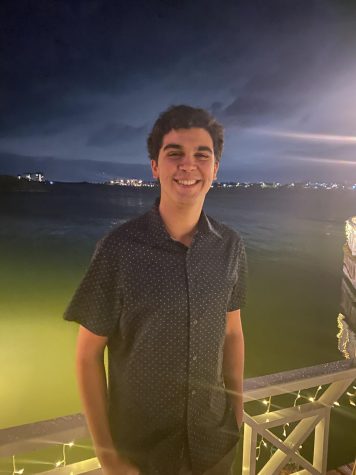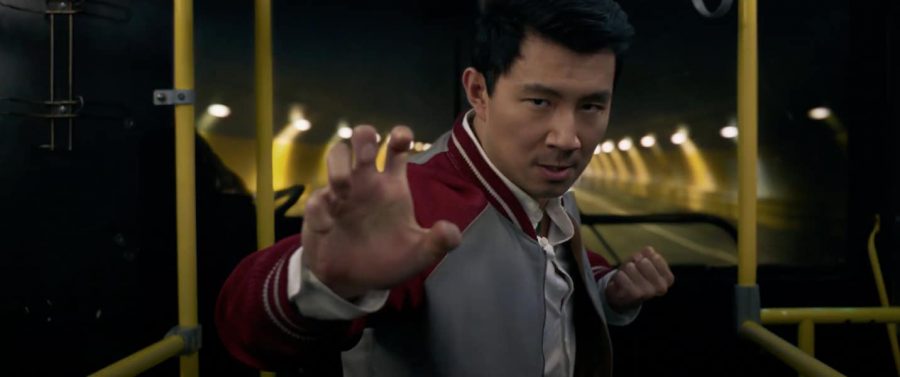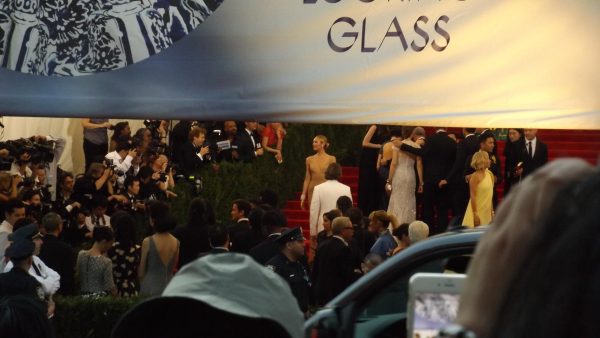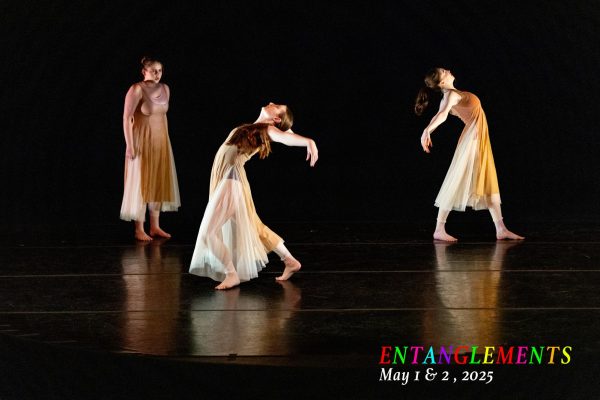Shang-Chi: A Film So Nice, I Saw It Twice
Marvel’s Shang-Chi and the Legend of the Ten Rings is a rejuvenating breath of much-needed fresh air for every party involved. From its passionate performances to its striking landscapes, colorful costumes, and authentic adaptations, Shang-Chi checks every box for an adventure at the movie theater, showing that even after the world-breaking Avengers: Endgame, Marvel Studios has still got that signature flair.
“Every frame a painting” is a phrase that gets thrown around willy-nilly these days, but Shang-Chi is without a doubt among the closest a comic-book-turned-movie has come to embody that phrase. It’s no surprise that these shots come from the mind of Bill Pope, cinematographer of blockbusters such as The Matrix, Baby Driver, and the Spider-Man trilogy. But the brilliant cinematography would be nothing without the seamless action, unparalleled in Marvel Cinematic Universe history. It has its own personality driving the story, and each character seems to have their own martial arts-inspired fighting style that fits their motivation. For instance, Shang-Chi’s central character development in the film is finding a balance between his father—the head of the world’s largest criminal organization, who trained him to be an expert assassin from a young age—and his mother, who comes from a hidden land of peaceful, mystic arts. This progression is visually portrayed as Shang-Chi goes from fighting tactically and precisely to later incorporating fluid movements as he learns more about his mother. Personally, I almost always prioritize character over action when it comes to comic book movies, and while these characters are splendid, I couldn’t help but giddily replay each action sequence in my mind even days after I left the theater. I knew I had to see it again, this time with a friend. Much to my surprise, I enjoyed it even more the second time.
Simu Liu shines as the film’s protagonist, taking a more vulnerable approach to the traditionally hyper-masculine archetype of the “Marvel Hero.” Liu is no stranger to comedy or stunts, and his performance demonstrates a deep love for the character and a strong desire to ensure he is played to perfection. As a comic book purist myself, I really respect that. Shang Chi surrounds himself with strong women: the comedy relief provided by the reliably goofy Awkwafina, the mentorship from Michelle Yeoh of Crouching Tiger Hidden Dragon and Crazy Rich Asians, and the badassery of newcomer Meng’er Zhang who plays Shang-Chi’s sister Xu Xialing. The “cooler sister to the protagonist” trope is not new for Marvel (Nebula, Yelena, Shuri, Hela), but Zhang gives Xialing a layer of nuance and intensity rarely seen in this interconnected world. The man who steals the show, however, is Tony Leung, who plays Shang-Chi’s father Wenwu. Leung is a seasoned showbiz vet, but in his first ever English-speaking role, he delivers a performance with such heart and power that it skyrockets him to the top of the Marvel villain food chain.
One of the biggest criticisms I’ve heard is that Shang-Chi is too derivative of Marvel’s other empowering cultural phenomenon: Black Panther. And there’s no denying the fundamental similarities: a land secluded from the rest of the world with resources beyond human comprehension, the invulnerable material that makes up the hero’s costume, the funny woman, the stoic woman, the deceptive father, the rampaging animals, the secondary antagonist being the only white person in the movie, the list goes on. But what’s important is that Shang-Chi has its own distinct voice that keeps it afloat in the roaring stream of endless superhero content. With a foundation as strong as this one, Shang-Chi sets itself apart, sets itself straight, and sets itself up for success in the future of the cinematic universe.
Although Shang-Chi was “overall, a step forward in Asian American representation,” according to Anton Schuster, member of the Asian Student Alliance, he had one critique. “I wish there was a scene of an Asian American dude walking through San Francisco, going to his friends, his neighbors, and seeing old Chinese people selling food on the streets. … I wish that was shown more because when people think of ‘Asian American,’ they don’t really think of that. Most people don’t even know what to think when they think of Asian-American.”
The closest glimpse we get into the reality Anton describes is near the beginning of the film, when Shang-Chi visits his best friend Katie’s traditional Asian household in San Francisco. In the brief yet comedic scene, we meet a sarcastic younger brother who only wants to play video games, a kooky grandmother who just wants the two best friends to get married, and a busy mother who constantly insists that Katie apply herself in life, setting up her character development for the rest of the film. While establishing Katie’s character growth is essential to the climax of the film, this scene doesn’t need to be there just to set it up. It’s the closest thing we get to a “day in the life” of a functioning Asian American family, and it barely fits in with the rest of the movie, especially since said family doesn’t even belong to the protagonist. Not to drill in the Black Panther comparison even further, but at the very beginning of that movie, we see how Kilmonger grew up: dirt-poor, playing basketball in the streets of Oakland, and how that humble upbringing contrasts with the regal, luxurious childhood of T’Challa. In this movie, we know Shang-Chi escaped his homeland around the age of 14 and attended high school in America, where he befriended Katie, but who did he live with for all that time? Who did he tell people his parents were? How did he get money to pay for food? These plot holes might have bugged the audience if the film wasn’t as perfectly paced, beautifully shot, and action-packed as it is.
When you go watch Shang-Chi and the Legend of the Ten Rings in a theater (clearly the best way to see it), don’t go in expecting to see the reinvention of the wheel. This film may follow a similar structure to the Marvel films that came before it, but the unique, spectacular energy that this film brings to the table is what makes it special. In a year filled with anti-Asian hate and a lack of theatergoers due to a virus illogically pinned on the Asian community, it’s fitting that the first Asian-led superhero film is the one to put butts back in seats, restoring the nostalgia of the experience we missed and setting the precedent for the uncertain, marvelous future ahead. Trust me, you won’t want to miss it.

Cole Hanover ('23) is a senior at Latin and has written/illustrated for The Forum since 2021. He has always read The Forum throughout his high school...




















































